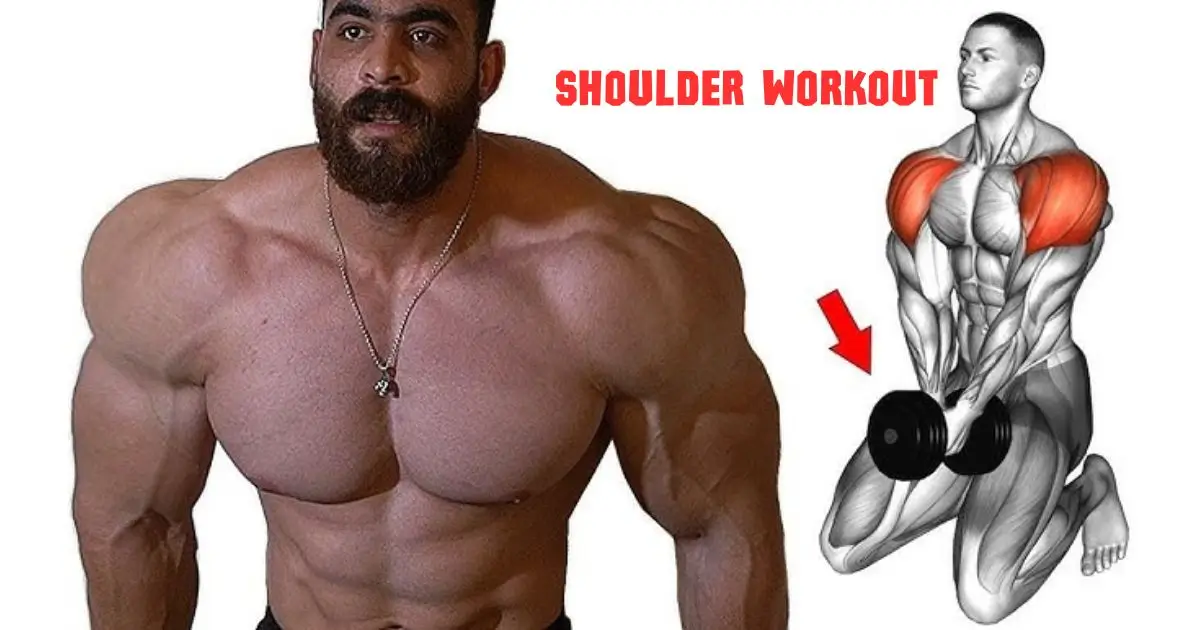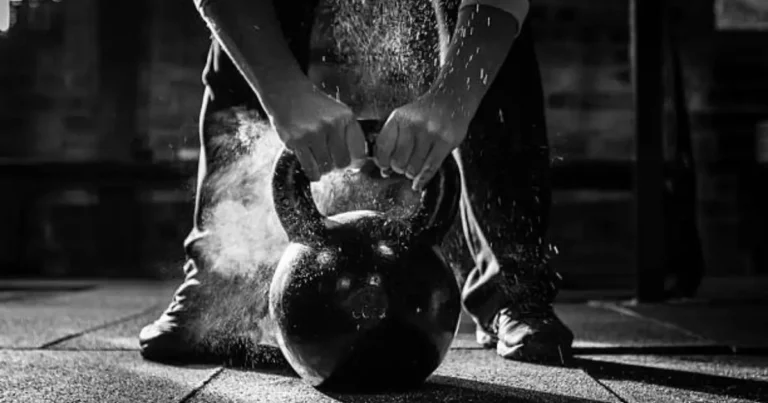Shoulder Workout (Gym-Based) – Push Day Focus
Warm-Up (5–10 mins)
- Arm circles (forward & backward): 2 x 30 sec
- Resistance band pull-parts: 2 sets x 15 reps
- Light dumbbell overhead press: 2 sets x 15 reps (50% weight)
Table of Contents
Main Shoulder Routine
1. Seated Dumbbell Shoulder Press (Front + Side Delts)

- 4 sets x 8–12 reps
- Rest: 90 seconds
- Tip: Keep your back flat and elbows slightly in front of your body.
If you’re looking to build strong, rounded shoulders, the Seated Dumbbell Shoulder Press is a must-have in your workout routine. This compound exercise targets the front (anterior) and side (lateral) deltoid muscles, giving your Shoulder Workout that wide, 3D look. It’s a staple for bodybuilders, athletes, and anyone chasing serious upper body strength.
Why Seated?
Performing the dumbbell shoulder press in a seated position provides better back support and helps isolate the shoulder muscles. Standing versions may involve more core engagement, but sitting ensures your delts do the majority of the work — perfect for focused muscle growth.
Muscles Worked
- Primary: Front (anterior) deltoids
- Secondary: Side (lateral) deltoids, triceps, upper traps
- Stabilizers: Core (to maintain posture), rotator cuff muscles
By using dumbbells instead of a barbell, each shoulder works independently. This helps correct imbalances and increases the range of motion, especially at the bottom and top of the press.
How to Perform the Exercise
- Sit on a bench with back support, feet flat on the floor.
- Hold a dumbbell in each hand at shoulder height, palms facing forward.
- Engage your core and press the dumbbells upward until your arms are fully extended — but don’t lock your elbows.
- Slowly lower the weights back down to the starting position.
- Repeat for 8–12 reps, depending on your training goal.
Tips for Best Results
- Warm up your shoulders before lifting heavy to prevent injury.
- Don’t flare your elbows too wide — keep them at about a 45° angle.
- Use a controlled tempo. Don’t rush the reps.
- Avoid leaning back excessively — keep your core tight.
2. Dumbbell Lateral Raises (Side Delts)
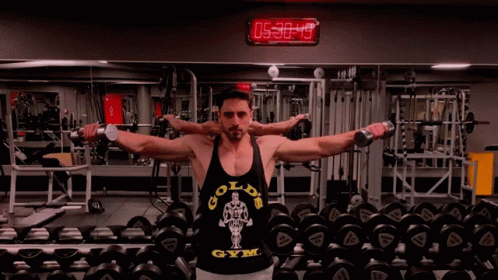
- 4 sets x 12–15 reps
- Rest: 60 seconds
- Tip: Slight bend in elbows, raise just above Shoulder Workout level.
If you want wider shoulders and a more athletic V-taper look, Dumbbell Lateral Raises are essential. This isolation exercise targets your lateral deltoids — the side part of your shoulders — helping you build width and symmetry.
Why It Works
Unlike pressing movements that also hit the front delts and triceps, lateral raises isolate the side delts. This focused movement helps build the “cap” on your shoulders, making your upper body appear broader and more balanced.
How to Do It
- Stand tall with a dumbbell in each hand, arms at your sides.
- With a slight bend in your elbows, raise your arms out to the sides until they reach Shoulder Workout height.
- Pause briefly, then slowly lower the dumbbells back down.
- Aim for 12–15 reps using light to moderate weight.
Tips
- Don’t swing your body — keep the movement strict and controlled.
- Lead with your elbows, not your hands.
- Keep your pinky slightly higher than your thumb at the top for better activation.
3. Barbell Front Raise (Front Delts)
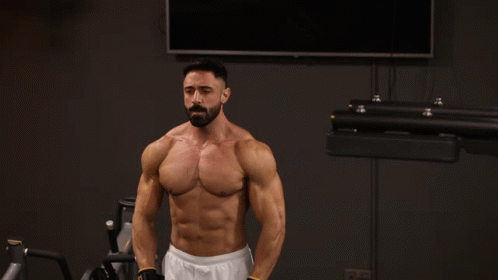
- 3 sets x 10–12 reps
- Rest: 60 seconds
- Alternate: Use a plate or dumbbells for variation.
The Barbell Front Raise is a powerful isolation exercise that targets your front deltoids — the muscles at the front of your shoulders. If you’re training for bigger, stronger, and more defined shoulders, this move deserves a spot in your routine.
What It Does
This exercise focuses almost entirely on the anterior deltoid, helping improve shoulder size and front definition. It also contributes to better performance in pressing exercises like the bench press and shoulder press.
How to Perform
- Stand with your feet shoulder-width apart, holding a barbell in front of your thighs with an overhand grip.
- Keep your arms straight (slight bend in elbows) and lift the barbell in front of you until it reaches shoulder height.
- Pause briefly, then lower the bar slowly and under control.
- Do 10–12 reps using a light to moderate weight.
Tips
- Don’t use momentum — lift with your muscles, not your back.
- Keep your core tight and shoulders relaxed.
- Avoid lifting the bar higher than your shoulders.
4. Rear Delt Fly (Machine or Dumbbell Bent-Over) (Rear Delts)
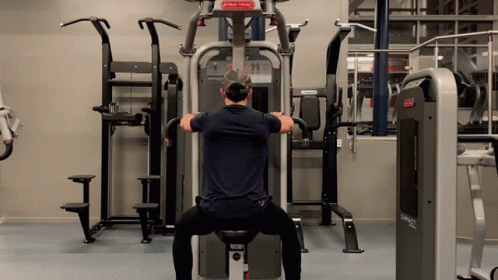
- 3 sets x 12–15 reps
- Rest: 60 seconds
- Control the weight to isolate the rear delts—no swinging.
The Rear Delt Fly is a key isolation exercise for your posterior deltoids — the rear part of your shoulder. Often overlooked, the rear delts are essential for shoulder balance, posture, and overall aesthetics.
Why It Matters
Many lifters overtrain the front and side delts while neglecting the rear. This can lead to muscular imbalances and even shoulder pain. Training the rear delts improves shoulder stability and gives your shoulders a fuller, 3D appearance.
Two Effective Variations
- Machine Rear Delt Fly: Sit facing the machine pad, grab the handles, and open your arms in a reverse fly motion until they’re fully extended to your sides.
- Dumbbell Bent-Over Fly: With a dumbbell in each hand, bend at the hips and let your arms hang down. Raise the weights out to the sides, squeezing your shoulder blades together.
Tips
- Use light weight and strict form — don’t swing.
- Focus on squeezing the rear delts, not just moving the arms.
- Keep your neck relaxed and avoid shrugging.
5. Arnold Press (Full Shoulder Engagement)
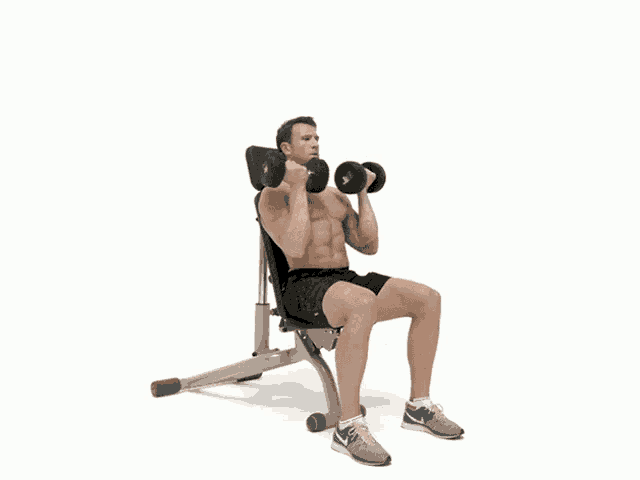
- 3 sets x 10–12 reps
- Rest: 75 seconds
- Rotate dumbbells from palms facing you to facing forward.
The Arnold Press, popularized by Arnold Schwarzenegger, is one of the best compound movements for full shoulder development. It targets all three heads of the deltoid — front, side, and rear — making it a complete shoulder-building exercise.
What Makes It Unique?
Unlike the standard shoulder press, the Arnold Press starts with your palms facing you and rotates them outward as you press up. This rotation increases the range of motion and activates more muscle fibers, especially in the front delts.
How to Perform
- Sit or stand holding two dumbbells in front of you at chest level, palms facing you.
- As you press the weights overhead, rotate your palms outward until they face forward at the top.
- Reverse the movement as you lower the dumbbells back to the starting position.
- Perform 8–12 reps with controlled form.
Tips
- Keep the motion smooth — don’t rush the rotation.
- Engage your core to protect your lower back.
- Start with lighter weight to master the movement.
6. Barbell or Dumbbell Shrugs (Traps)
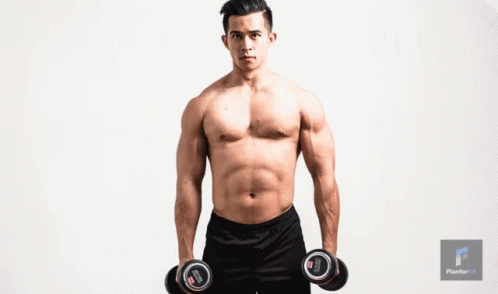
- 3 sets x 12–15 reps
- Rest: 45–60 seconds
- Squeeze at the top, avoid rolling your shoulders.
If you want a stronger, thicker upper back and that “yoked” look, Shrugs are the way to go. Whether you use a barbell or dumbbells, this simple but powerful movement targets your trapezius muscles (traps) — the muscles running from your neck to your shoulders and upper back.
What Shrugs Do
Shrugs isolate the upper traps, helping you build size and strength in the neck and shoulder area. Strong traps also improve posture and support heavy lifts like deadlifts and rows.
How to Perform
Barbell Shrug:
- Hold a barbell in front of your thighs with an overhand grip.
- Shrug your shoulders straight up toward your ears.
- Squeeze at the top for a second, then lower slowly.
Dumbbell Shrug:
- Hold a dumbbell in each hand by your sides.
- Lift your shoulders up while keeping your arms straight.
- Control the weight on the way down.
Tips
- Don’t roll your shoulders — go straight up and down.
- Keep your arms relaxed; the traps do the work.
- Use a controlled tempo, not momentum.
Bonus Tips
- Progressive overload: Increase weight or reps weekly.
- Form first: Don’t cheat reps with momentum.
- Mind-muscle connection: Focus on feeling the delts work.
Final Thoughts: Build Complete, Balanced Shoulders
A well-rounded shoulder workout isn’t just about pressing heavy weights — it’s about targeting each head of the deltoid muscle for full development, strength, and aesthetics.
- The Seated Dumbbell Shoulder Press builds overall mass and hits both front and side delts.
- Dumbbell Lateral Raises isolate the side delts for width and shape.
- Barbell Front Raises focus on the front delts, improving shoulder strength and front definition.
- The Rear Delt Fly ensures rear delts aren’t neglected, which is key for posture and balance.
- The Arnold Press combines rotation and pressing for full shoulder activation.
- Finally, Shrugs (barbell or dumbbell) build powerful traps, adding thickness and stability to your upper body.
Incorporating these exercises into your weekly routine will help you develop strong, symmetrical, and injury-resistant shoulders. Remember: form matters more than weight. Focus on controlled reps, proper angles, and a balanced plan that doesn’t leave any part of the shoulder behind.
Train smart, stay consistent, and your shoulders will grow — not just in size, but in strength and function.


